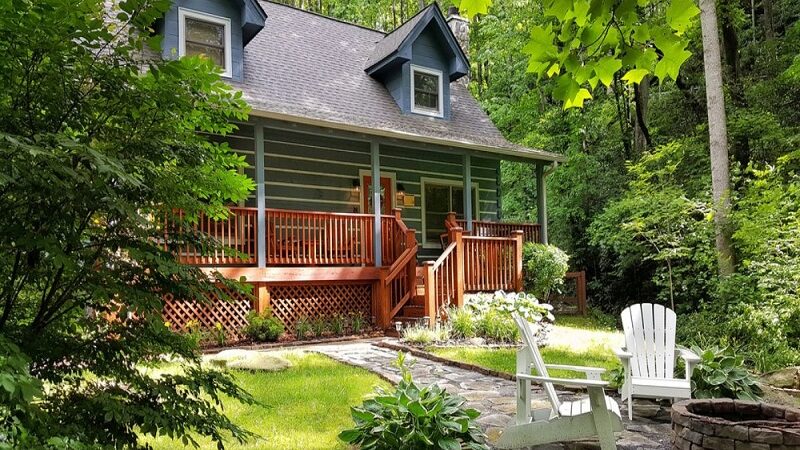5 Things You Can Use Liquid Rubber Sealants On in Your Home

Do you have a home repair project that you have been putting off because you are unsure of the best solution? Are you tired of temporary fixes that don’t last? Look no further! Liquid rubber sealants offer a durable and versatile solution for many common household problems. In this article, we will explore five practical applications of liquid rubber sealants in your home, from roof repairs to waterproofing basements. Read on to discover how you can save time and money by using these incredible products for your next DIY project.
What Are Liquid Rubber Sealants?
Liquid rubber sealants are a type of synthetic material that can be applied to various surfaces to create a waterproof, airtight, and flexible barrier. They are made from a combination of polymers, fillers, and additives, which give them their unique properties. These sealants are available in various forms, such as liquid, spray, and paint-on applications. They can be easily applied using a brush, roller, or spray gun, making them suitable for both professional and DIY use.
The benefits of using liquid rubber sealants are numerous. They offer excellent adhesion to various surfaces, such as metal, wood, concrete, and more. They are also resistant to UV rays, chemicals, and extreme temperatures, making them suitable for both indoor and outdoor applications. Additionally, liquid rubber sealants are eco-friendly, as they are low in volatile organic compounds (VOCs) and produce minimal odors.
The Versatility of Liquid Rubber Sealants in Home Repairs
One of the main advantages of liquid rubber sealants is their versatility. Because they can adhere to a wide range of surfaces, they can be used for various applications around your home. This means that you can tackle multiple repair projects with a single product, saving you both time and money. Furthermore, liquid rubber sealants can be easily painted over, allowing you to seamlessly blend your repairs with the surrounding area.
In the sections below, we will discuss five common household problems that can be resolved using liquid rubber sealants. Keep in mind that these are just a few examples of the countless applications for these incredible products. With a little creativity and ingenuity, you can use liquid rubber sealants to tackle virtually any repair project in your home.
Roof Repair & Maintenance
Roof leaks are a common issue that many homeowners face, particularly in areas with heavy rainfall or extreme temperatures. If left untreated, these leaks can result in water damage, mold growth, and other costly problems. Fortunately, liquid rubber sealants can provide an effective solution for repairing roof leaks and maintaining the integrity of your roof.
To use liquid rubber sealants for roof repair, start by cleaning the affected area thoroughly, removing any dirt, debris, or loose material. Next, apply the sealant directly to the leak, ensuring that it covers the entire area. Depending on the product, you may need to apply multiple coats to achieve the desired thickness. Once the sealant has cured, it will create a waterproof, flexible barrier that can withstand the elements and protect your roof from further damage.
While it’s great for repairing roof leaks, liquid rubber can also be used for preventative maintenance. By applying the sealant to your roof’s seams, joints, and other vulnerable areas, you can help prevent future leaks and extend the life of your roof.
Waterproofing Basements and Foundations
Basements and foundations are particularly susceptible to water damage due to their proximity to the ground. Over time, water can seep into your basement or foundation, causing structural damage, mold growth, and other issues. To protect your home and avoid costly repairs, it’s essential to waterproof these areas using a reliable and effective product, such as liquid rubber sealants.
To waterproof your basement or foundation with liquid rubber sealants, begin by cleaning the surface to remove any dirt, debris, or loose material. After this step, you’ll need to liberally apply the sealant directly to the surface, covering the entire area. Depending on the product, you may need to apply multiple coats to achieve the desired thickness. Once the sealant has cured, it will create a waterproof barrier that can help prevent water intrusion and protect your home from damage.
Liquid rubber isn’t just great foto basements and foundations, it can also be used to waterproof other areas of your home that are prone to water damage, such as bathrooms, kitchens, and laundry rooms.
Fixing Plumbing Leaks
Plumbing leaks are another common issue that homeowners face, and if not addressed promptly, they can lead to water damage, mold growth, and increased water bills. Liquid rubber sealants can provide a quick and effective solution for fixing plumbing leaks, allowing you to avoid costly professional repairs.
To fix a plumbing leak with liquid rubber sealants, first, turn off the water supply to the affected area and clean the surface around the leak. Next, you’ll need to apply the sealant directly to the leak, ensuring that it covers the entire area. Depending on the product, you may need to apply multiple coats to achieve the desired thickness. Once the sealant has cured, it will create a waterproof, flexible barrier that can help prevent future leaks and protect your plumbing system from damage.
Keep in mind that while liquid rubber sealants can provide a temporary solution for minor plumbing leaks, more severe issues may require professional intervention. If you are unsure about the extent of the problem, it’s best to consult with a licensed plumber.
Sealing Gaps and Cracks in Walls and Floors
Gaps and cracks in your walls and floors can not only be unsightly but also lead to drafts, energy loss, and pest intrusion. Liquid rubber sealants can be used to seal these gaps and cracks, providing a durable and flexible solution that can withstand the natural expansion and contraction of your home’s building materials.
To seal gaps and cracks with liquid rubber sealants, first, clean the area thoroughly, removing any dirt, debris, or loose material. Next, apply the sealant directly to the gap or crack, ensuring that it fills the entire space. Depending on the product, you may need to apply multiple coats to achieve the desired thickness. Once the sealant has cured, it will create a flexible barrier that can help prevent drafts, energy loss, and pest intrusion.
Aside from sealing gaps and cracks in walls and floors, liquid rubber sealants can also be used for other applications, such as sealing around windows and doors, filling gaps in siding, and more.
Protecting and Restoring Outdoor Surfaces
Your home’s outdoor surfaces, such as patios, decks, and walkways, are constantly exposed to the elements and can become worn, damaged, or faded over time. Liquid rubber sealants can be used to protect and restore these surfaces, helping to extend their life and improve their appearance.
To protect and restore outdoor surfaces with liquid rubber sealants, first, clean the surface thoroughly, removing any dirt, debris, or loose material. Next, apply the sealant directly to the surface, covering the entire area. Depending on the product, you may need to apply multiple coats to achieve the desired thickness. Once the sealant has cured, it will create a waterproof, UV-resistant barrier that can help protect your outdoor surfaces from the elements and prevent further damage.
Aside from protecting and restoring outdoor surfaces, liquid rubber sealants cure and dry quickly and can also be used for other outdoor applications, such as sealing gutters, repairing garden ponds, and more. The uses are nearly limitless!






